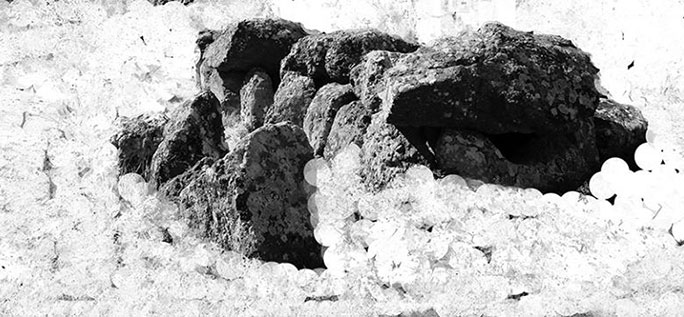Tangible history
Jersey’s dolmens and menhirs date from around 4800 BC to 2250 BC which roughly corresponds to Neolithic, or “new stone age”, to Chalcolithic, or “copper age”. There is also evidence of habitation by the Neanderthals. That’s a lot of history for one little island. But how does the presence of Neolithic monuments and sites in Jersey impact the imagination of the island residents? Those monuments and sites constitute a natural and integral part of their daily landscapes.
Two nights ago someone who was born and raised in Jersey asked me about the oldest known historical monument in my native region. Honestly, I didn’t know what to answer. Well, I heard about the Balhae sites in Primorsky Krai (Russia) but I never visited one because there’s nothing to visit. Those sites remain inaccessible and a local population most of the time is completely unaware of their existence. And then again the Balhae culture dates back only (!) to 698.
That night the conversation changed the subject, but the question stuck in my head. Determined to find an answer of some sort, I kept wondering about what was the oldest tangible historic fact/site of importance I came in contact with in my native region. After breaking my head for a while, I finally found one. And in comparison with Jersey’s Neolithic heritage it’s a lightweight because it is a late 19th century one.
In this case, I suppose my initial question can go the other way round as well. How does the absence of any significant tangible or intangible history in one’s native region impact the imagination of its residents?



